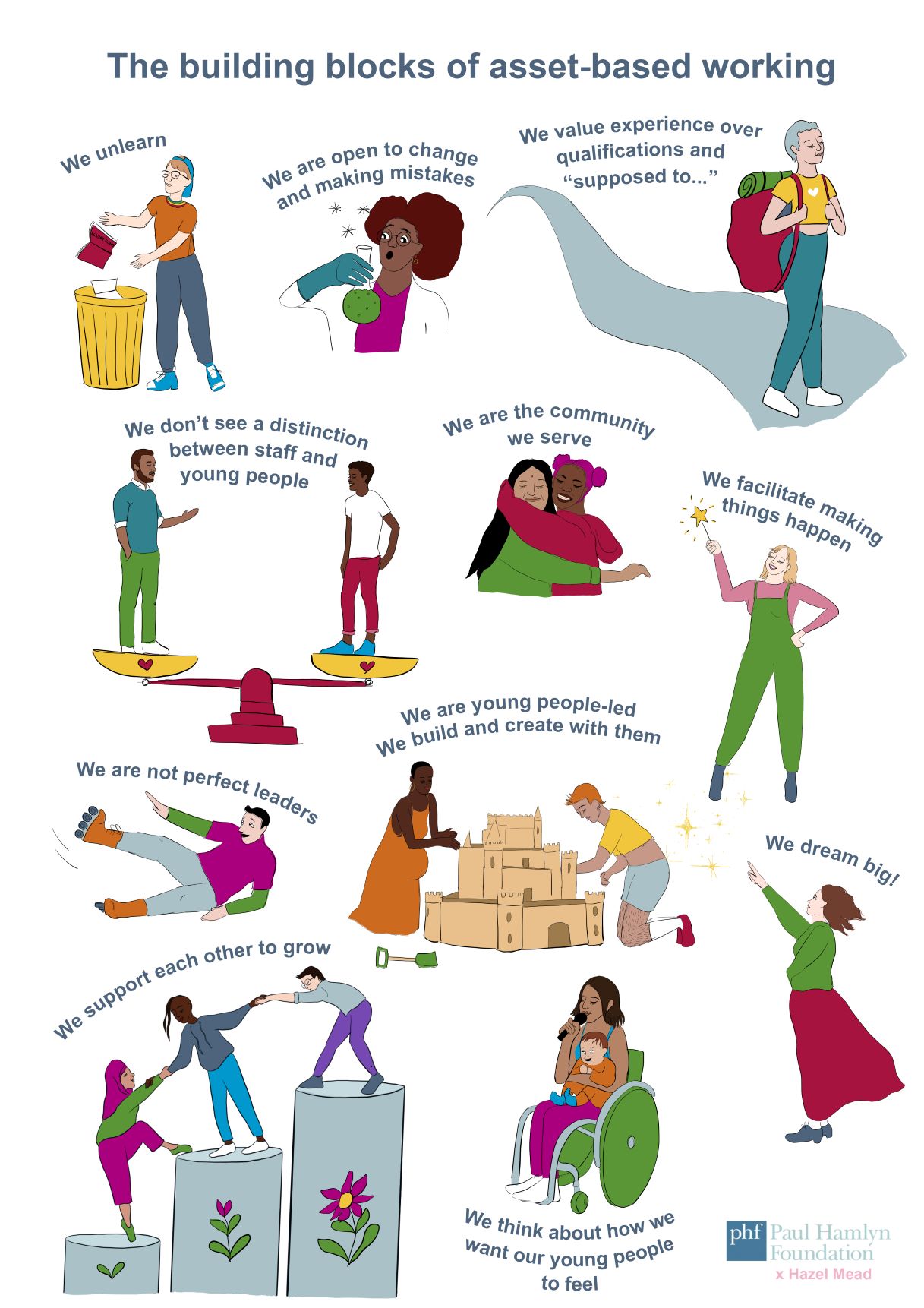A lot of initiatives we evaluate have one thing in common: they seek to change people’s behaviour. Whether it’s persuading people to look after their health, work more effectively, or even be better pet owners, we find that the challenge is a common one: people’s behaviour is notoriously ‘sticky’; people find it really hard to make lasting changes to their lives, even if they know that they and others would benefit. Charities are further disadvantaged because, unlike government, they are not in a position to wield big sticks – or proffer large carrots – in an attempt to persuade people to behave differently. They must think really creatively to effect change.
Many charities we work with have already adopted a behaviour change approach, but not all. While behaviour change models abound, we find that COM-B is a simple framework that helps people new to the subject understand what it’s all about.
In the COM-B model, Behaviour (the ‘B’) is a function of three things:
- Capability: the physical and psychological attributes required to make a change possible, such as learning a new skill
- Opportunity: the environmental resources that enable change, such as money or the right physical materials; and the wider cultural and social norms that might ‘permit’ or ‘obstruct’ the adoption of new behaviours
- Motivation: the internal workings of our mind which ultimately govern whether we change our behaviour or not; these include reflective, rational thoughts about costs and benefits, but also automatic reflexes which often seem to take over despite our best intentions
As evaluators, we should be interested in understanding all three of these behavioural elements. In practice, however, I think that we have traditionally tended to focus more on Capability and Opportunity than Motivation.
Capability could perhaps be regarded as the natural home of evaluation. Everyone who has been on a training course has had an evaluation form. Understanding whether people have acquired new learning, new information, or new skills is a common part of evaluation. But it can and should be much more.
Good evaluation also explores Opportunity. We seek to understand the barriers and drivers to effecting change when an intervention meets the ‘real world’. If I can’t afford to get my cat neutered, no amount of information about the health benefits of doing so is likely to make a difference to my decision.
Where we (and charities themselves) might perhaps do more is around understanding and analysing Motivation. It’s tricky, it’s complex and I’ll write a separate article on this shortly. But the important thing for evaluators to recognise is that decision-making is often subconscious. Those who are expected to change their behaviour might not fully comprehend their reasons for doing so. That’s why experimental methods are so popular in behaviour change evaluations – follow and observe the behaviour; see what difference small, incremental changes make; compare and contrast different interventions (or no intervention at all).
While behaviour change is not, as such, new it does provide a very interesting way of re-framing the challenges that charities – and evaluators – regularly face.



